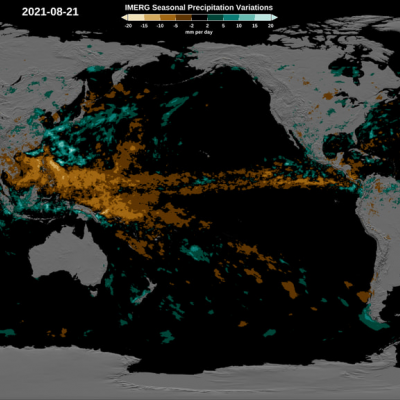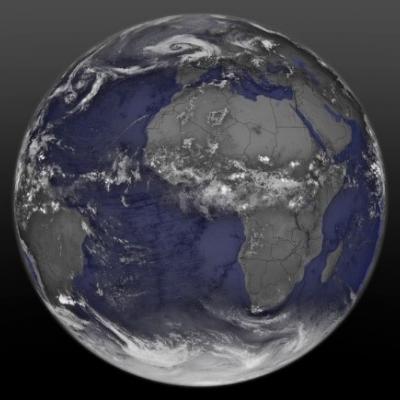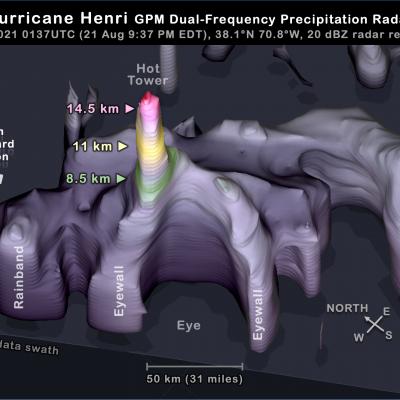Satellite Observations and Malaria: New Opportunities for Research and Applications
Publication Year
Journal
Trends in Parasitology
Volume
37(6)
Page Numbers
525-537
DOI
10.1016/j.pt.2021.03.003
Mission Affiliation
Major Category




